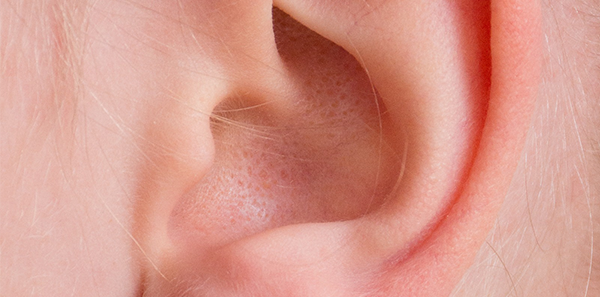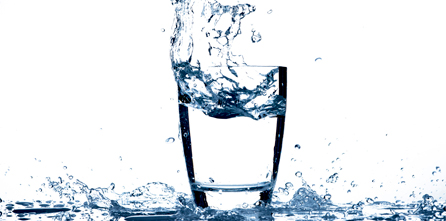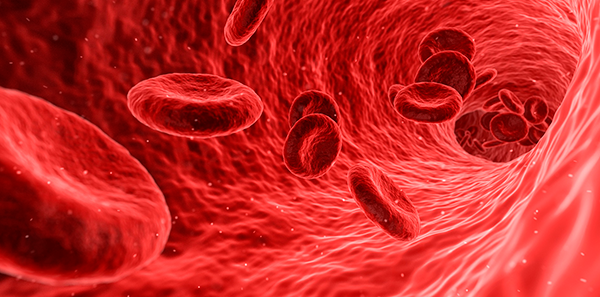
One of the most frequent pathologies or illnesses during the summer months are inflammations and infections of the ear, as much a result of swimming as of being exposed to droughts, wind… (activities in the countryside, riding motorcycles and bicycles…).
One of the most renowned ear, nose and throat specialist (ENT specialist or ORL-otorrinolaringólogo) within our community, and a very special member of our medical services, has written a short guide to our auditory systems so that, when faced with acoustic related damage, we may understand the importance and localization of the pathology or condition.
Otitis can be defined as an inflammation of part of the whole of the ear, caused by an infection, trauma or wound.
We’ll begin by describing our field of activity: the auditory system. The ear or auditory system is divided into three parts: the outer ear (ear and auditory canal), the middle ear (from the eardrum to the cochlear nerve or the cochlea) and the inner ear (the cochlea and the auditory nerve).
External Otitis
External otitis is an infection of the external ear which may be due to a variety of causes, though the most common one is related to the entry of contaminated water into the ear. Summertime is when the highest instance of this pathology occurs due to increased use of swimming pools.
It is characterized by pain, sometimes intense and has a poor response to treatment, and the inflammation of the external auditory canal can sometimes almost even close it completely.
Otitis Media
Otitis media consist of pain, loss of hearing, light to moderate fever, and is frequently accompanied by symptoms of the common cold. Its occurrence is frequent during periods of catarrhs and problems with blocked nasal and sinus passages, whether prior to the problems or after them.
Generally, pain is felt during 1 or 2 days and, on occasion, is accompanied by the suppuration or effusion of mucus/pus along the auditory canal. Treatment is usually symptomatic: either anti-inflammatory, antipyretic or when necessary, antibiotic.
The most common sequence is; pain, suppuration, and usually reversible loss of hearing. The process lasts between 5 and 7 days although the loss of hearing may continue somewhat longer. In more complicated cases, other symptoms may appear or present themselves differently from those described above.
Whichever type of otitis presents itself, there is one Golden rule: avoid the entry of water into the ear.
Summary
Maintain one’s ears clean and dry; it’s advisable to undergo a check-up prior to summer.
Avoid touching one’s ears, whether with the hands or any type of instrument.
Earplugs only serve to avoid splashes from entering.
Let’s differentiate the outer ear from the middle ear:
The outer ear may be touched, washed, etc., while the middle ear never should be.
Ear wax is natural and the use of cotton buds only serves to pus hit back into the ear.
Evidently, much more could be said about this, but I think it would complicate matters too much.
I hope these notes Will help someone avoids otitis this summer or next fall and Winter, and therefore, make these even more enjoyable!
Dr. Alfonso Aracil M.-Ear, nose and the University of Alicante Hospital
The information published in this media neither substitutes nor complements in any way the direct supervision of a doctor, his diagnosis or the treatment that he may prescribe. It should also not be used for self-diagnosis.
The exclusive responsibility for the use of this service lies with the reader.
ASSSA advises you to always consult your doctor about any issue concerning your health.












